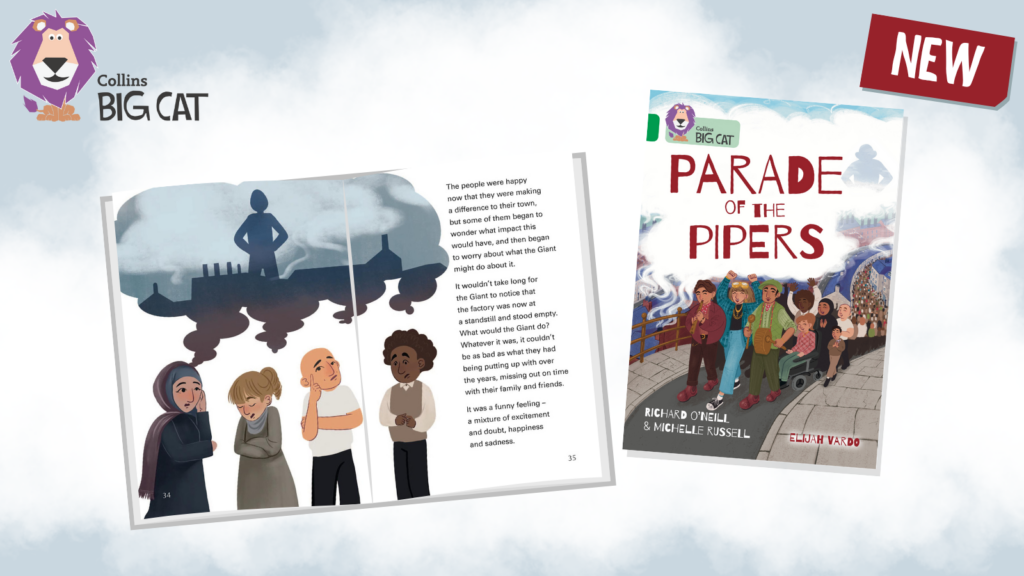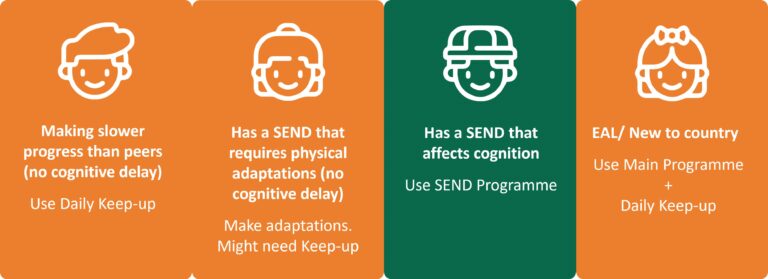Children love animals and they love seeing animals being rescued, cared for or made better if they’re ill. In this activity the children will practise aspects of Spelling, Punctuation and Grammar as well as writing for different purposes. We’ve also put in a speaking and listening activity so, through the topic of helping animals, you can cover several aspects of the English curriculum.
Activity One – Speaking and Listening – Why do we keep animals?
LO: Making statements and justifying them
Talking about their interests
Talking Point: Begin by asking the children about the kinds of animals that they keep as pets and why they keep them. Perhaps read them the Collins Big Cat Book ‘I Want a Pet’ to set the scene.
Talking Point: The animals provide a ‘service’ to the families that own them but what are our responsibilities in return? The children are likely to say that we have to keep them healthy and happy. Talk about what we do to give this to our pets. Ask the children to say what the consequence of their actions is on their pet.
At Home: Ask the children to choose either their own pet or that of a relative and write down five things they do to look after them.
Activity Two – Spelling and Vocabulary – Animals and their Environment
LO: To list words from related groups
To learn how to spell words from related groups
Give the children a piece of A4 paper and ask them to write down a number of domesticated animals; they can use some of those listed in Activity One.
Choose the number based on the ability of the child. Ask them to write each word in a circle and find up to five words (again ability adjusted) that can be linked to that animal e.g. COW might give: milk, cud, bull, dairy, farm, udders. Use a dictionary or encyclopaedia to help if necessary. Ask the children to learn the keywords and the words around them then, at a later time, get partners to test each other on the vocabulary.
At Home: Learn the spellings and vocabulary
Activity Three – Writing Non-Fiction – What to do if an Animal is in Distress
LO: Write for different purposes
Order instructions effectively
The Collins Big Cat Progress book on Elephant Rescue out in May is a good resource if you’re not using this activity immediately. Otherwise, any material to do with the rescue of animals, for example from the RSPCA website, will do. Read the children some information on what people do if they see an animal in danger or distress. You could invite a member of the local RSPCA or the Fire Service’s Specialist Animal Rescue Unit into school to talk about animal rescue.
Talking Point: Now ask the children what they would do if they saw an injured animal, recapping on the safety considerations.
Ask them to produce a leaflet explaining what should be done if someone sees a sick or injured animal. Remind them that the instructions need to be in a good order so the person and the animal are safe and that the animal is helped quickly. You could even liaise with the local rescue services to see whether they would print and use the better examples.
At Home: Find out who you should call if you see an animal in distress near where you live. Make a ‘business card’ giving emergency details and put it somewhere the family can find it if needed.
Activity Four – Grammar – Letter to Animal Rescue Centre
LO: To use language and grammar effectively to achieve a purpose
To be able to write a letter asking for information
Talking Point: Read through the following short passage with the children and ask them to identify what is wrong with it.
I is doing a project on rescuing animals at school and I wants to find out information on what you does at the animal sanctuary. My teacher ask me to wrote to you to get you to answers questions for me so I does my project.
They should notice that the verbs are wrong and should be able to suggest the correct verbs.
Explain to the children that they’re going to write a letter to the local animal rescue centre asking about their work. They’ll need to decide on what information they want and how to ask for it politely. Collate their ideas on what information they might want.
Ask the children to compose their letter following the methodology of letter writing, including the questions they decided to ask. Get them to check for correct tense and matching of verb to the subject.
At Home: Find out supplementary facts from the internet about the animal rescue centre and see if they match the information given when the addressee replies to their letters.
Activity Five – Punctuation – Sentence Starts and Proper Nouns
LO: To know that capital letters are used for the names of places, people and for the start of sentences
To be able to proof read and edit a piece of writing
Talking Point: On the board write down the names of several members of the class, the name of your school and its address, but without capital letters. Ask the children to say what is wrong with what you have written. They should say that the capital letters are missing. Ask them when else capital letters are used (at the start of sentences).
Now give them the worksheet that accompanies this activity and ask them to correct the missing capital letters.
At Home: Identify where they see capital letters used and say why they’re used in those circumstances e.g. title case, names, towns and countries etc.
Dave Lewis,
Primary teacher
Note: If you’re looking for further reading on the subject of animals, why not try the Collins Big Cat Animals collection?


